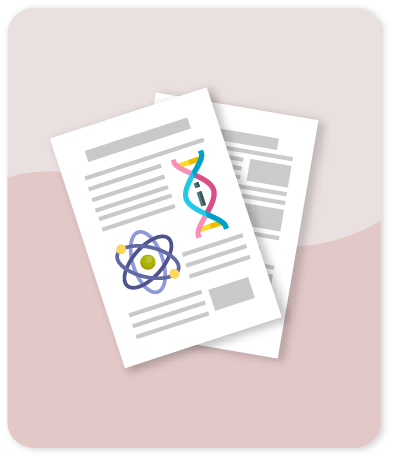Eco-friendly materials obtained through a simple thermal transformation of water hyacinth (Eichhornia Crassipes) for the removal and immobilization of Cd2+ and Cu2+ from aqueous solutions

Compartir este ítem
Fecha
2021Autor
Ramirez-Muñoz A
Pérez S
Muñoz-Saldaña J
Flórez E
Acelas N.
Citación
Metadatos
Mostrar el registro completo del ítemResumen
Industrialization activities have led to the discharge of heavy metals into water, with an imminent threat to the environment. The use of natural materials as low-cost sorbents for the removal of heavy metals from aqueous solutions has recently received major attention. Water hyacinth (Eichhornia crassipes) is a noxious weed due to its congested growth and rapid spread causing serious environmental problems e.g., in the water quality and its respective fauna. In this work, water hyacinth was used for the removal and immobilization levels of Cd2+ and Cu2+ from aqueous solutions, which is a major concern from several water sources in industrialized or mining regions. Particularly, the effect of calcination treatments between 350 and 900 °C of water hyacinth is here reported. The removal capacity increased with the calcination temperature from 550 °C (99.17 mg/g for Cd2+ and 53.78 mg/g for Cu2+) to a maximum level at 700 °C (204.17 mg/g for Cd2+ and 131.14 mg/g for Cu2+). Heat treatments at 700 °C favored the formation of Ca(OH)2, which reacts with the phosphorus present in water hyacinth to form calcium apatite (36.64%), which is known as an active Ca-P phase for the removal of metallic ions. Compounds produced during the calcination of the water hyacinth promoted the Cd2+ and Cu2+ uptake through the precipitation of CdCO3 - Cd2P2O7 and Cu0.05Mg0.95O - Cu2P2O7 compounds, among others. These precipitates have low solubility (0.055% of Cd2+ and 0.003% of Cu2+) that reduce contaminants mobility and therefore increase removal feasibility. © 2021 Elsevier B.V.
Colecciones
- Indexados Scopus [1893]
